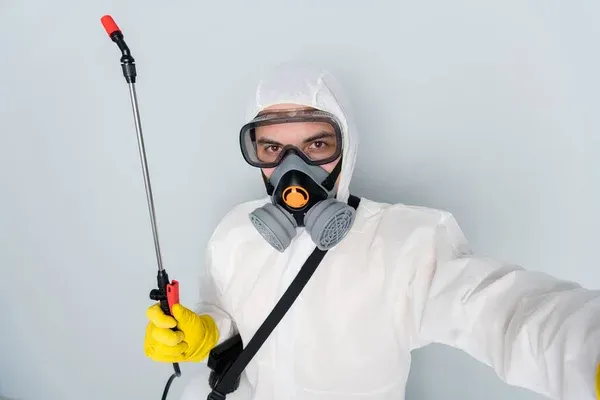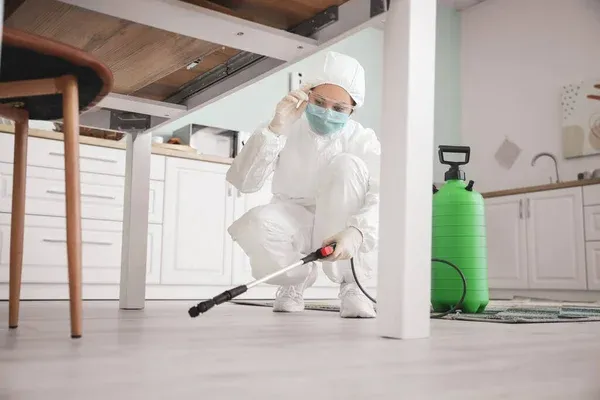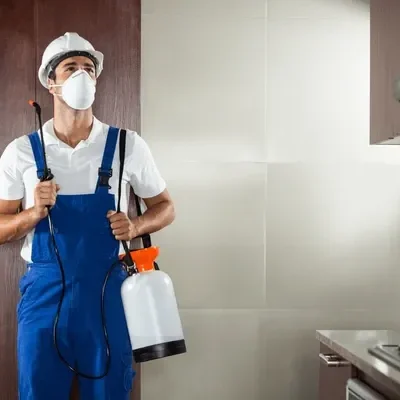- info@ipmpestsolutions.ca
- +1-866-610-3664
- Office Hours: 8AM - 11PM
We provide efficient pest control solutions for residential, commercial, and multi-unit properties.


IPM Pest Solutions, Canada’s top pest control provider, is committed to your satisfaction. We offer safe, effective, and eco-friendly treatments for homes and businesses. Our team of certified technicians is skilled in humanely removing and preventing pests, including mice, spiders, termites, squirrels, and mosquitoes. We combine modern Integrated Pest Management (IPM) techniques with a customer-first approach, ensuring your needs are always our top priority. Whether you have a sudden pest problem or need year-round protection, we provide quick and dependable service.


IPM Pest Solutions offers expert pest control services for your home. Whether it’s rodents, termites, spiders, or mosquitoes, our skilled technicians use safe, eco-friendly methods to get rid of pests at their source. We know how pests can affect your home, health, and peace of mind, so we respond quickly and efficiently.
Our solutions are safe for your family, pets, and the environment, providing long-lasting protection you can trust. From urgent pest removals to preventive treatments, we’ve got you covered.
IPM Pest Solutions is dedicated to keeping your home safe, pest-free, and healthy. Our aim is to provide the best pest control solutions that are safe for your home and business. We respond fast and provide reliable service. We’re committed to delivering guaranteed outcomes for every job and ensuring your peace of mind.
Choose IPM Pest Solutions for the peace of mind that comes with trusted, eco-friendly, and guaranteed pest control services.
Award-winning pest control trusted across Canada for safe, effective, eco-friendly solutions. We guarantee professional service and lasting results, ensuring your home and environment remain pest-free and protected.
Our eco-friendly, non-toxic methods to eliminate pests safely, ensuring your home, family, and the environment are protected while effectively solving your pest problems.
We deliver top-tier pest control services, blending expert techniques with meticulous attention to detail, ensuring guaranteed customer satisfaction and lasting results for your home or business.
IPM Pest Solutions provides fast, reliable pest control services for residential, commercial, industrial, and large multi-unit properties.
Call us today at +1-866-610-3664 for your hassle-free, best-price quote.

IPM Pest Solutions, Canada’s top pest control provider, is committed to your satisfaction. We offer safe, effective, and eco-friendly treatments for homes and businesses.
WhatsApp us